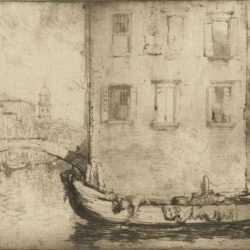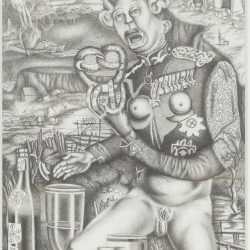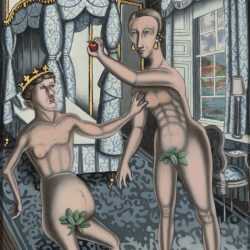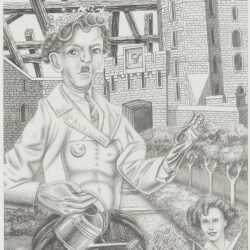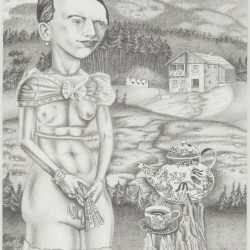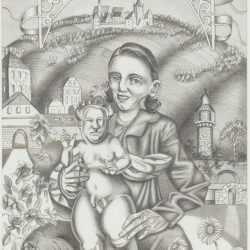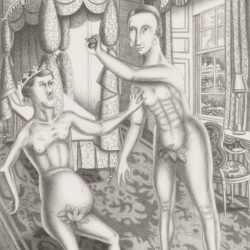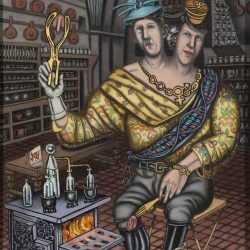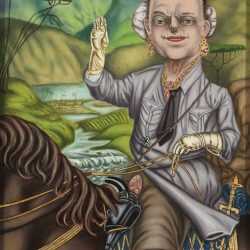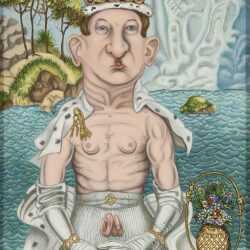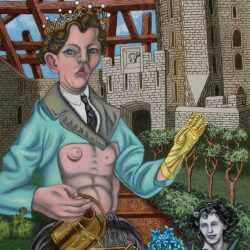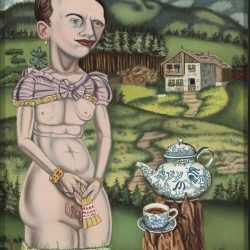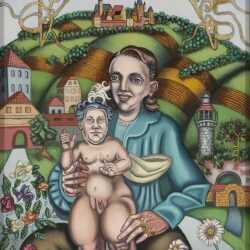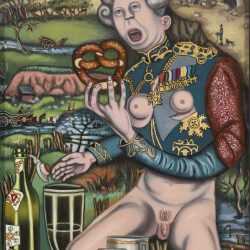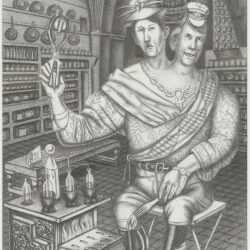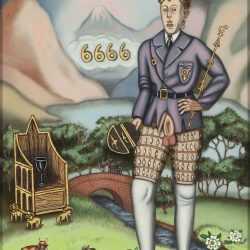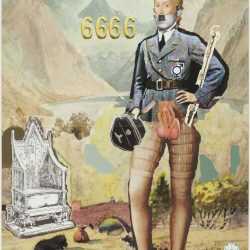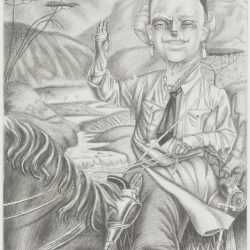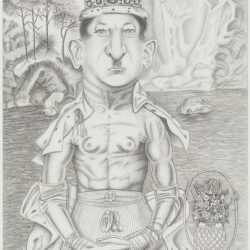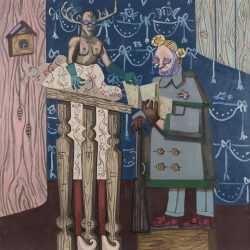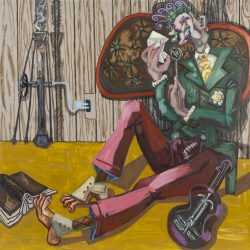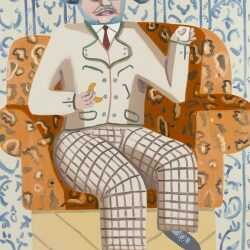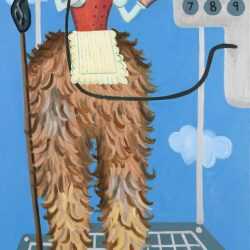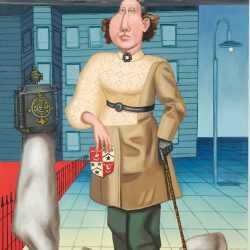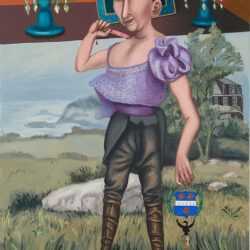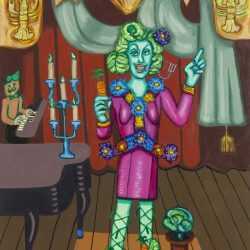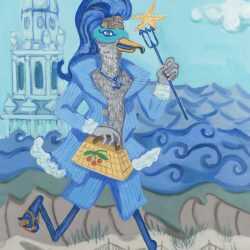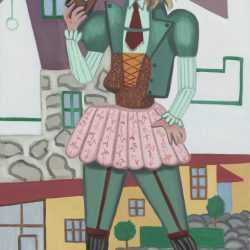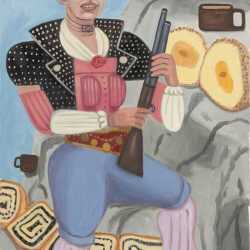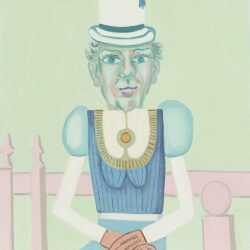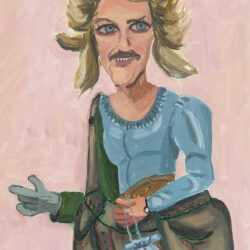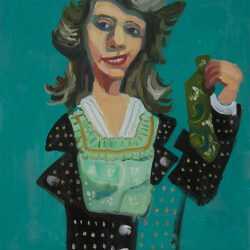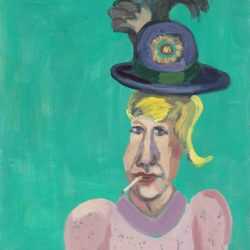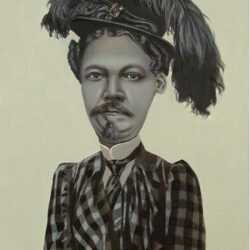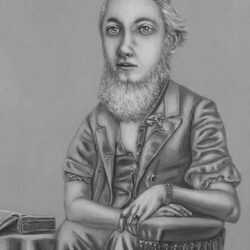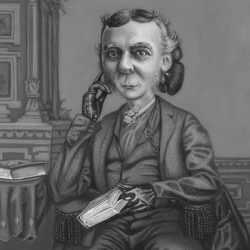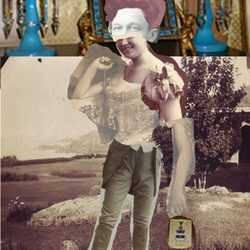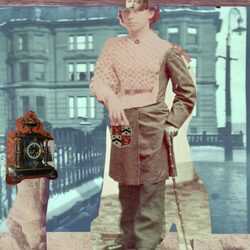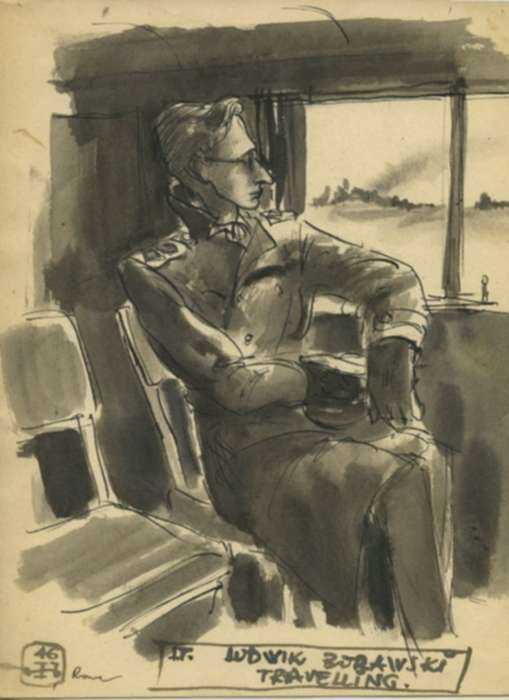Filter by Type
Filter by Category
Filter by Size
Filter by Year
Exhibitions
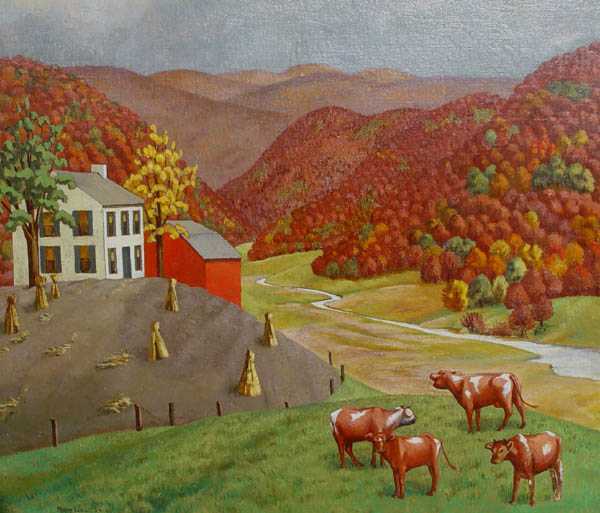
Autumn Splendor – An Online Exhibition
Press Release:
Autumn Splendor presents the colors, sights, and feelings of the cozy months of fall. Featuring artists such as William Partridge Burpee, Bernard Brussel-Smith, Molly Luce, and Sally Michel, this exhibition explores the wonders of autumn through artwork ranging from Old Master prints to Regionalist paintings.
Included Works
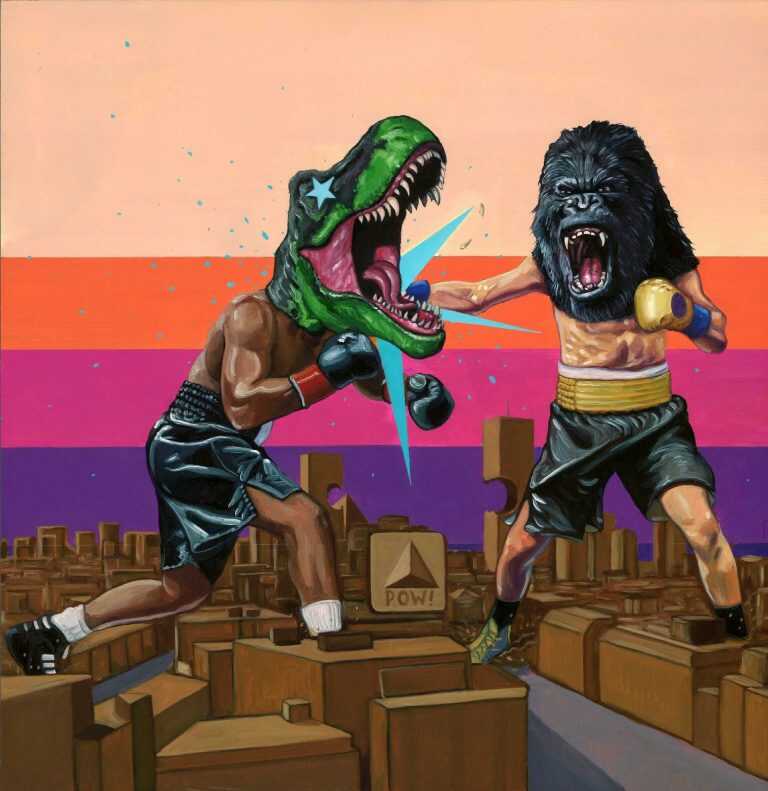
Paul Endres Jr.: The 20/20 Shell Games
Press Release:
Paul Endres Jr. is back with the latest installment of his ongoing series The American Burden. This monumental – and entertaining – series depicts the sprawling narrative of a post-apocalyptic world in which all of history is lost. Endres’ paintings recount the pivotal events and figures of this fictional history, while offering a satirical take on our own.
In The 20/20 Shell Games, Endres’ headless dictator Hadrian holds an Olympics style competition in an attempt to distract his subjects from his lack of leadership and ill-fated reelection. Meanwhile, a recent archaeological discovery has uncovered a trove of rectangular plastic “shells,” and the strange “VCR” contraption that projects their contents, unleashing a slew of long forgotten pop culture references on Burden America.
In The 20/20 Shell Games, twenty paintings are dedicated to documenting the Games, which include events like boxing, polo, baseball, pole-vault, and synchronized swimming, while twenty golden VHS tapes, decorated with paintings of Hadrian, serve as the victors’ medals. Both sets of works revel in the trademark absurdity of Endres’ alternative future-history. The Shell Games paintings lean heavily into nostalgic pop culture of the past forty years, pairing various sporting events with imagery from Star Wars, Ghostbusters, Jaws, and more to an amusingly madcap effect. Their bold colors and playful folly contrast with the no-less preposterous yet decidedly-more-restrained images on Hadrian’s VHS-cum-medals.
Endres deliberately juxtaposes the energy in the two sets of works, ultimately amplifying the baser feeling of lunacy in the former and loneliness in the later. With The 20/20 Shell Games, he has essentially created two shows in one: twenty vibrant and energetic paintings of the Games themselves, paired with twenty sad and lonesome glimpses at the life of a miserable tyrant in the twilight of his rule - intimate moments memorialized into keepsake-sized oil paintings on VHS tapes.
If the outright absurdity of The 20/20 Shell Games and the entire Burden series feels alarmingly real these days, Endres agrees. His paintings have always merged the historical and contemporary in creating bizarre, satirical scenarios that mimic and mock both narrative history and our modern world. However, his pairing of the real and the ludicrous feels especially pertinent in our new, ever changing reality. Endres notes of The 20/20 Shell Games:
“Lately it seems as though the real world has caught up to the post-apocalyptic and post-historical world of the Burden, dominated by the idea of polar binaries in all things. With this in mind this body of work is, as with all my work, about bringing opposite things together in hopes of finding some form of catharsis in their pairings. The results are often absurd, silly, and funny, and this is especially true of the Shell Games, but I was once told there is nothing more serious than a good joke, and that is something I believe. Each individual piece should stand on its own, each a perfectly formed joke.”
Endres’ continued epic mythmaking in The 20/20 Shell Games plays out much like the sporting events depicted – theatrically escapist. But each of Endres’ “perfectly formed joke[s]” is equal parts entertaining and serious, a polarity masterfully explored through his particular style of pseudo-history painting. While the forty works in the exhibition chronicle the events of the Shell Games within Endres’ larger Burden narrative, they also reflect upon our own society, using engrained pop culture references to offer critiques in pithy, absurd, painted vignettes.
Endres further describes the narrative:
Hadrian the Bold, The Burden’s preeminent headless ruler, is facing reelection. The past several years of his arrogant wartime bravado have grown tiresome to the people of New Boston. Hadrian has squandered his subjects’ resources and trust. Worst still, if the calls for revolution materialize, they will surely claim Hadrian’s remaining body parts. Poor Hadrian, this just isn’t your day!
But it’s not all bad news, Hadrian’s team of archeologists recently discovered a priceless treasure: a library of rectangular plastic ‘shells’ and a machine that projects the contents therein! Jurassic Park! Return of the Jedi! This bizarre ‘VCR’ contraption provides the people of Burden America a whiplash connection to a culture long forgotten. And somewhere between bingeing Chariots of Fire with multiple seasons of The Bachelor, inspiration strikes our poor despot Hadrian, and the
20/20 Shell Games are born! 20 nostalgia fueled competitions designed to provide the ultimate widespread distraction. And to the 20 champions of Hadrian’s absurd whims go the Golden Shells, valuable relics adorned with his unique and royal likeness!
Good luck and see you at the Games!
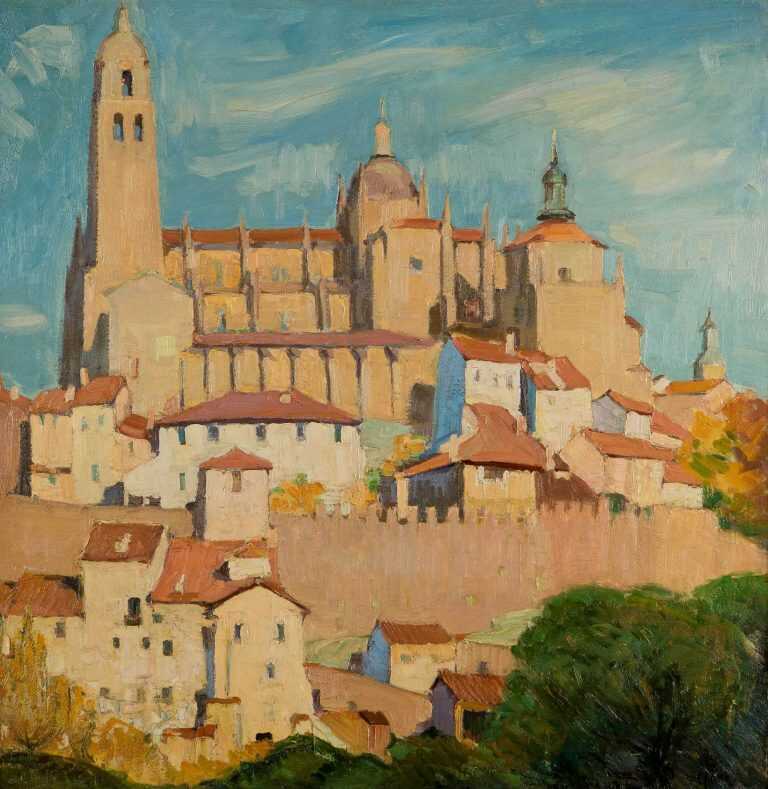
Included Works
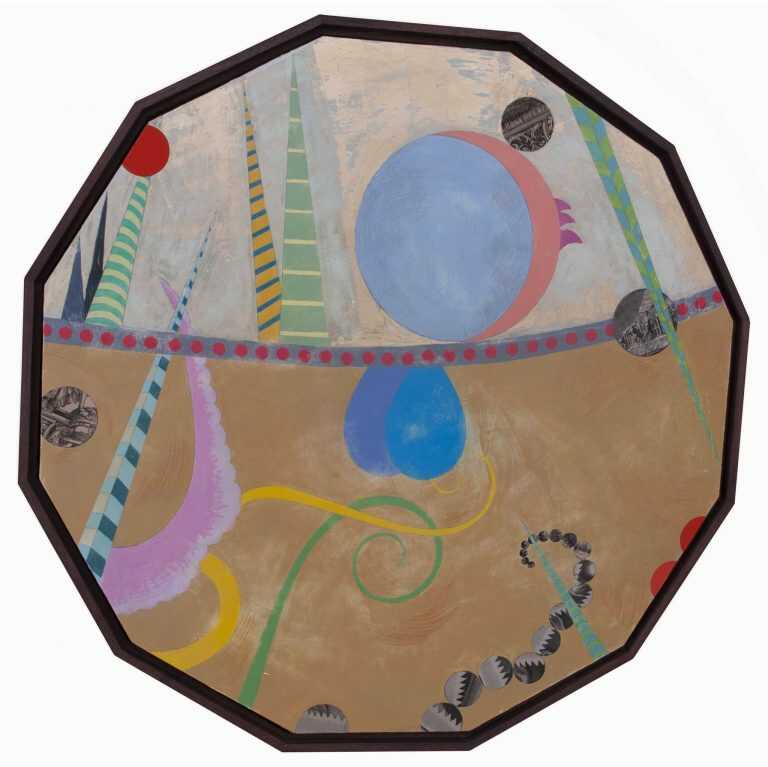
Included Works
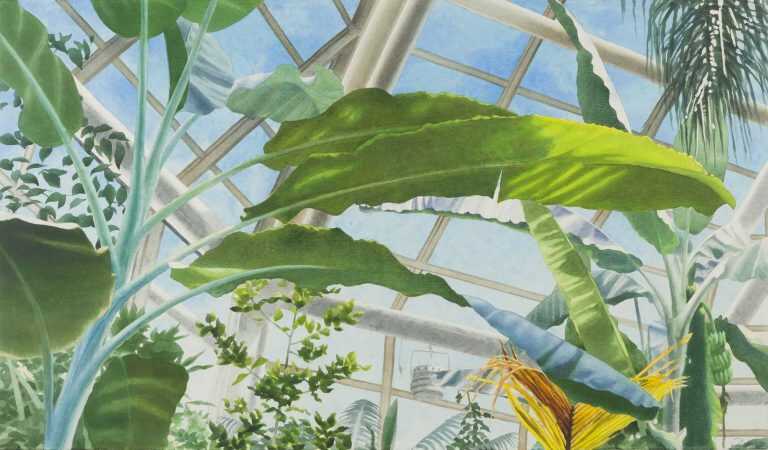
Included Works
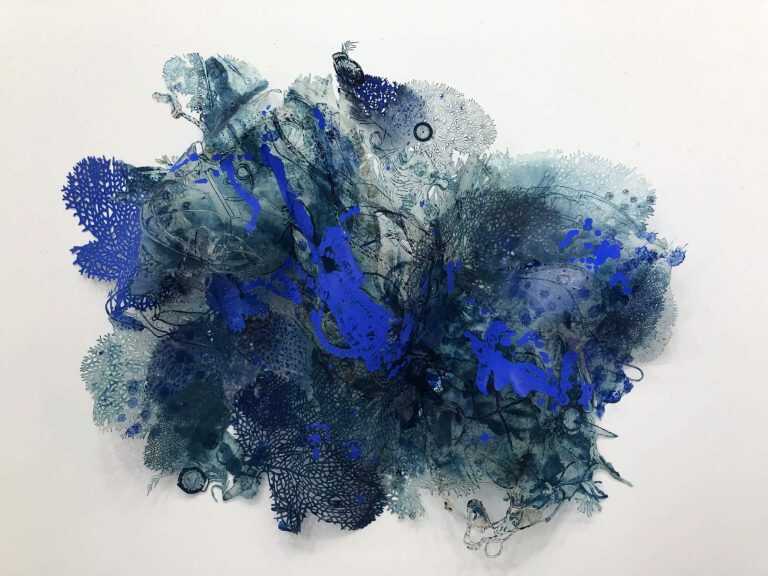
Making Waves: Resa Blatman, Joan Hall, Karen Lee Sobol
Press Release:
As the largest habitat on our planet, the Earth’s oceans are vast ecosystems of which only a small fraction has been explored. Today, our oceans are greatly endangered by human activity, and recent studies have found that approximately 8 million metric tons of plastic enter the ocean on an annual basis. As this crisis escalates, climate change art bridges the scientific and visual, making hard data more accessible through an emotional response to art. By helping us process this information, climate change art seeks to affect meaningful change between humans and their environment.
Making Waves presents the work of three women artists, Resa Blatman, Joan Hall, and Karen Lee Sobol, who each use their art to address humankind’s relationship to the ocean. Through different media, including painting, printmaking, and mixed media installation, the artists advocate for greater awareness of the climate crisis.
Resa Blatman’s paintings and prints draw upon her innate draftsmanship to craft visions of a future climate dystopia. Her work predicts landscapes and seascapes warped by rising tides, envisioning displaced species within a world in flux. Blatman contrasts her skillfully rendered flora and fauna with dark, turbulent backgrounds, heightening the creeping feeling of unease within her work. While looking towards a chaotic future, Blatman also looks to the past, peppering her work with art historical references. Paintings like Toxic Bloom 2 and Refugees reference Martin Johnson Heade’s naturalist landscapes but diverge with frenzied colors and frantic calls to action. Blatman visually articulates the messages of scientific data on climate change - in her paintings, prints, and drawings, human action and inaction have wrought catastrophic natural consequences. The artist gives us hope, however, through the various animals that persist within her tumultuous landscapes - though the conspicuous absence of human figures is telling. Blatman presents an alluringly bleak world in the hope that we may avoid this fate. Her lushly constructed artwork is a warning against this particular glimpse of our possible future.
An avid sailor, Joan Hall works tirelessly to promote marine advocacy through her art. From her home and studio in Jamestown, Rhode Island, Hall sees the effects of climate change firsthand. Non-native, invasive algae species and plastic pollution found in the waters of Narragansett Bay feature prominently in her large-scale mixed media installations. Hall focuses on the use of handmade paper to shape the undulating wave-like forms of her sculptural pieces. Works like The New Normal also incorporate various printmaking techniques, using plastics and assorted trash found on local beaches to create collagraphic plates. The resultant prints are a beautiful but brutal reminder of humankind’s role in widespread oceanic pollution. In other works, such as Beneath the Tropic Sea, Hall directly infuses detritus into the artwork – a visual representation of how pervasive the plastic problem truly is. Ultimately, Hall’s goal is to initiate a conversation about the deterioration of our greatest resource – water. The intensive process and sheer scale of Hall’s work commands attention, confronting the audience with beauty that conceals ecological trouble.
In the face of the devastating effects of climate change, Karen Lee Sobol is determined to remain an optimist. Her paintings reflect a positivity born from deep admiration for the natural world, and a belief in our role as both benefactors and stewards of the environment. Focusing on nature’s inherent beauty, Sobol’s work is resplendent with splashy colors and bold strokes, hiding human and animal figures within her playful lines. Alongside her message of hope is the ominous presence of escalating environmental degradation; the juxtaposition is meant to invoke a protective instinct, to call the audience to action. Sobol’s Goddess series of mixed media paintings on large canvases viscerally depicts powerful yet threatened goddesses of the Earth and sea. Her works expound the need for environmental vigilance with a visually arresting heartfelt plea from Mother Nature herself.
With the threat of pollution and warming temperatures, our ocean levels are rising, coral reefs are dying, and invasive algae species are spreading worldwide. Blatman, Hall, and Sobol’s response is to create art that is beautifully alarming and cautionary, yet hopeful that their messages can engender ideas for change. Making Waves explores the stark realities of climate change through the work of these three artists, and their determination to confront our manmade climate crisis head-on.
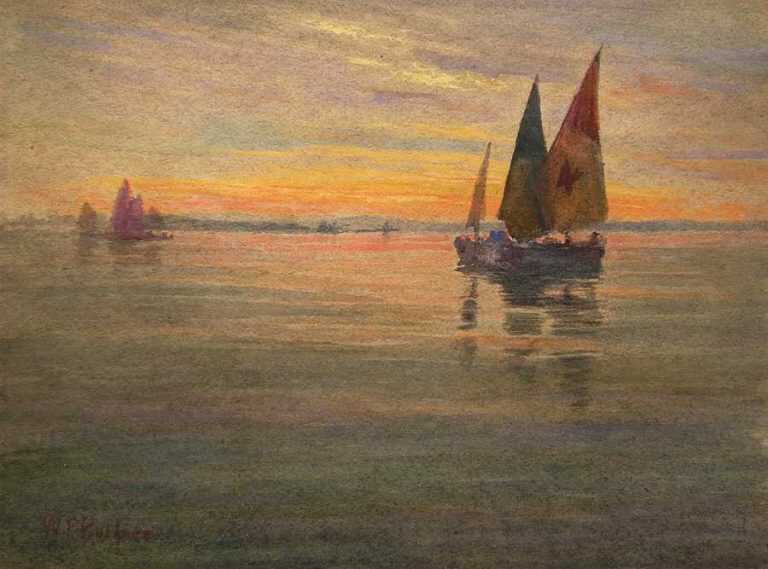
Setting Sail: Works on Paper
Press Release:
On view in Childs Gallery’s Print Department from March 5 to April 26, Setting Sail: Works on Paper features a diverse selection of prints, drawings, and watercolors depicting the sea. Artists have long been captivated by the ocean, fascinated by the varied effects of wind and weather, from stormy seas to tranquil waters. Drawn from Childs Gallery’s extensive collection of works on paper, Setting Sail reflects the broad range of artistic interpretations of this dynamic subject over the course of the 20th century.
Artwork on view includes atmospheric watercolors by Lynn Beach Painter William Partridge Burpee, delightful ink wash drawings of the Maine coast by Bernard Brussel-Smith, and Leo Meissner’s turbulent wood engravings of crashing waves. The exhibition encompasses a variety of artistic styles, from the Impressionist seascapes of Boston Brahmin watercolorist Gertrude Beals Bourne, to Ted Davis’s abstracted renderings of angular sailboats. Setting Sail offers something for everyone with an exciting array of modern and traditional seascapes.
Included Works
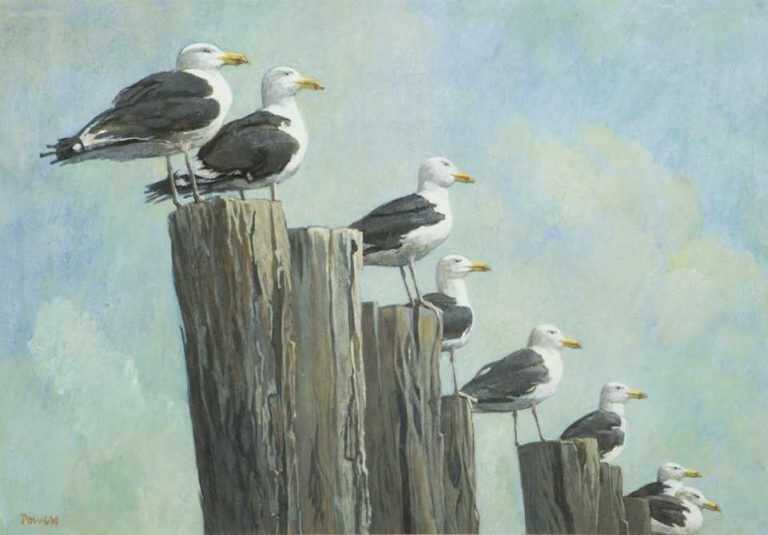
Avian Art – Online Exclusive Exhibition
Press Release:
Let your imagination take flight in our online-exclusive exhibition, Avian Art! Birds of paradise and prey are on view in paintings, works on paper, and sculpture in this exhibition. As common and highly visible animals, birds have long been a fascination of humans. Avian Art explores the artistic depiction of birds as creatures important to both humankind and the natural world.
Included Works
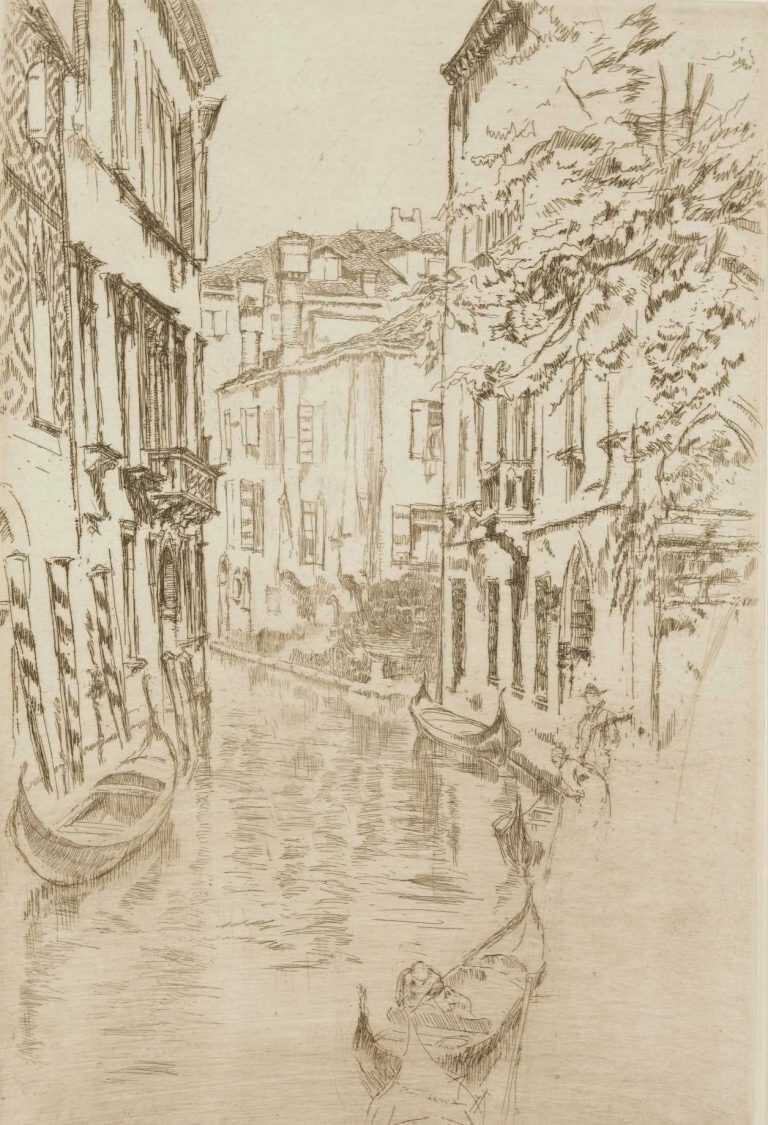
Etching Revival: Whistler and His Circle
Press Release:
Though popularized by artists like Rembrandt, etching had widely fallen out of favor by the early 19th century, being seen as a reproductive process rather than fine art. This attitude began to change, however, in the mid-1800s when artists reexamined the technique and it was once again promoted as an original art medium. In his writings, surgeon, etcher, and author, Sir Francis Seymour Haden extolled the creative qualities of etching as an immediate response to nature. Haden’s brother-in-law, James Abbott McNeill Whistler, became a leading figure of the Etching Revival, and his mastery of the medium inspired other artists to explore the technique in the late 19th century.
Whistler is renown as one of the great virtuosos of etching, known for his experimentation in paper, ink, and composition. As an internationally recognized artist, his work was well positioned to influence countless others who admired his handling of atmosphere, line, and tone. This exhibition presents prints by Whistler and fellow artists who explored etching as an independent mode of expression, creating striking compositions that captured the attention of both collectors and the broader public. Images of London and Venice, favorites of Whistler, feature prominently, alongside the intricate facades and twisting streets of other cities, an indication of the Revival’s spread across Europe and America. Just as Whistler preferred hidden neighborhoods and ramshackle buildings to more fashionable areas, his admirers followed suit with prints of lesser known, but no-less-interesting scenes. Such views, intimate and eye-catching, were faithfully captured through the etched line.
Including works by Otto Bacher, Ernest Roth, Joseph Pennell, James McBey, David Young Cameron, Sir Francis Seymour Haden, Muirhead Bone, and John Marin, Etching Revival: Whistler and His Circle explores this renewed interest in etching and the enthusiasm with which artists embraced it.
Included Works
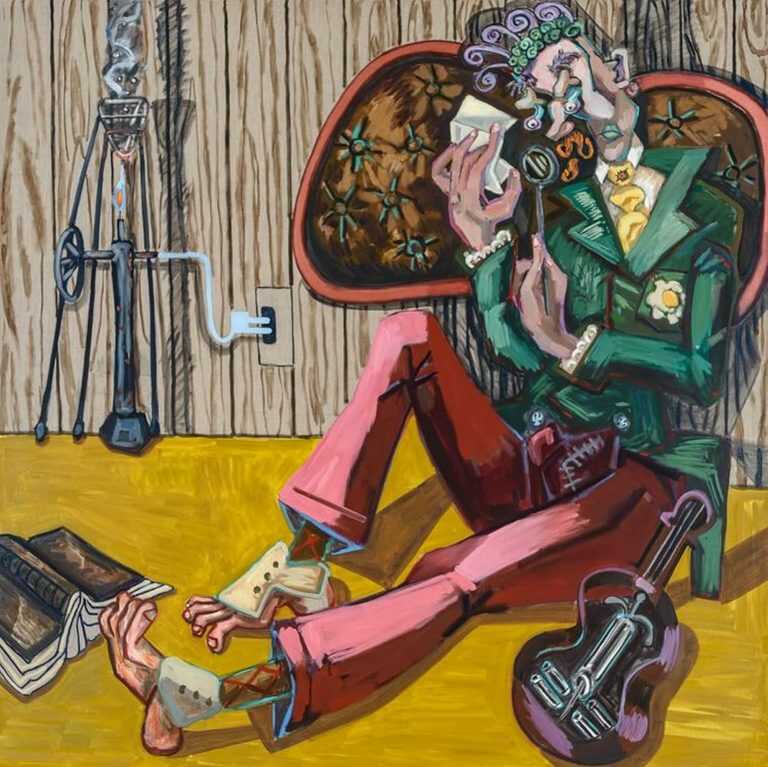
Hannah Barrett: Transitions
Press Release:
Hannah Barrett: Transitions is a retrospective mélange of works from the artist’s various series – from Secret Society to Monsters – that traces Barrett’s development as she progresses from collage to imagination as the source of her portraiture.
Barrett has previously described her paintings as “invented portraits based on collage: copies of photos or in some cases, copies of paintings are cut apart and reassembled into figures of ambiguous gender. Fusing the features of both sexes creates a range of androgynous characters that may be straight, queer, hermaphroditic or just cross-dressing.” Her aim is to create portraiture that deviates from the conventional male or female, and to explore the resulting pictorial and conceptual possibilities in a fun and unexpected way.
In her latest series Monsters, Barrett has created creatures that are fully of her own imagination, with no singular reference to reality. In this way her Monsters are entirely fictional, and the viewer can project their own character onto the portraits.
The progression of Barrett’s artwork reflects how gender expectations have changed since she began painting her first series, Secret Society, in 2006. In her early portraiture, Barrett felt an urgency to make gender fluidity more visible. Creating portraits from collaged elements of photographs and paintings thus tied her ambiguous characters to reality, making them more of-this-world than an entirely imaginary figure.
Barrett’s transition in source material has happened alongside a cultural shift in gender perception. A broader awareness of gender as a construct and an expansion of vocabulary for gender have thus been a driving force in her new work. The visibility of trans culture and other LGBTQ identities prompted a move away from collaged figures, as Barrett became more invested in completely made-up worlds, accessible directly by drawing. Where her paintings previously began by making collage prototypes, she now works from line drawings made in sketchbooks. Her new characters, still playfully androgynous, non-binary, or anthropomorphic, come together through a process like automatic drawing, wherein Barrett selects heads, costumes, and settings from references studied over the past twenty years.
Transitions observes this artistic shift in Barrett’s work from reality-adjacent to entirely-imaginary through a rousing journey within her amusingly eclectic world. Her artistic progression is inextricably tied larger cultural shifts and proves a humorous proxy to a more serious conversation about gender identity. Drawing from her numerous series including Secret Society, Family Jewels, Tales of the House of Gibson, Hunters’ Picnic, Rustics, Detectives, Fire Island, and Monsters, Transitions presents Barrett’s boldly absurd works as a viewable timeline of both artistic and societal progression. Her pastiched characters, whether collaged from bits and pieces or drawn from pure imagination, make for perplexingly charming guides throughout this retrospective.

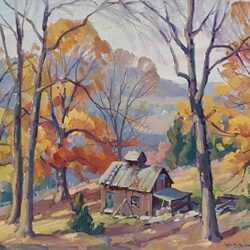
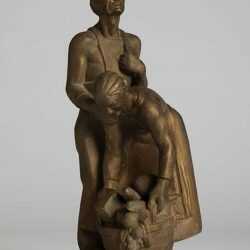
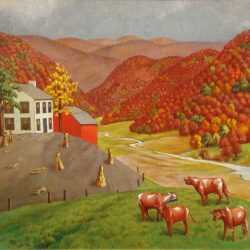
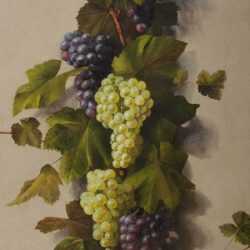
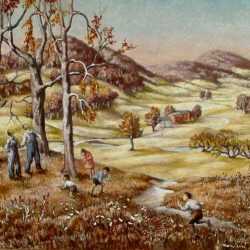

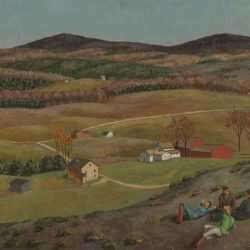
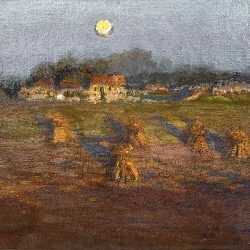
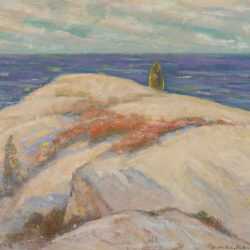
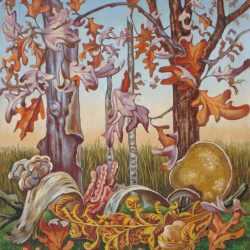
![Painting By Henry Rodman Kenyon: [fall Day] At Childs Gallery](https://childsgallery.com/wp-content/uploads/henry_rodman_kenyon_fall_day_cgl39229-5_childs_gallery-250x250.jpg)
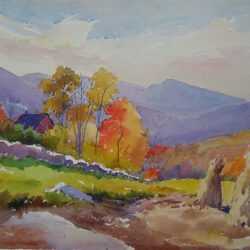
![Watercolor By Henry W. Rice: [autumn Landscape With Center Chimney House And Barn, Probably New Hampshire] At Childs Gallery](https://childsgallery.com/wp-content/uploads/henry_w._rice_autumn_landscape_with_center_chimney_house_and_barn_probably_new_hampshire_cgl55178-08_childs_gallery-250x250.jpg)
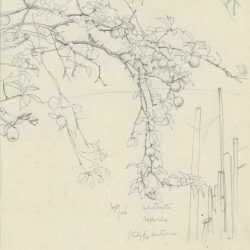
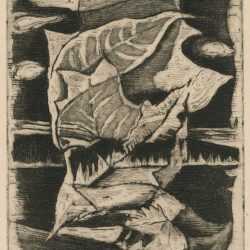
![Print By Continental School (possibly Swiss): [autumnus Baccho] (possibly From Johann Wilhelm Stucki's Antiquatatum Convivialium Libri) At Childs Gallery](https://childsgallery.com/wp-content/uploads/continental_school_possibly_swiss_autumnus_baccho_possibly_from_johann_wilhelm_stuckis_antiquatatum_convivialium_libri_bb5502-08_childs_gallery-250x250.jpg)
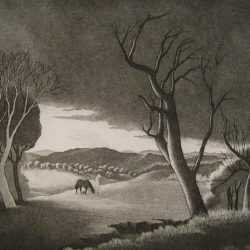
![Drawing By Alexander Brook: [autumn Figure With Rake] At Childs Gallery](https://childsgallery.com/wp-content/uploads/alexander_brook_autumn_figure_with_rake_cgl27194-337_childs_gallery-250x250.jpg)
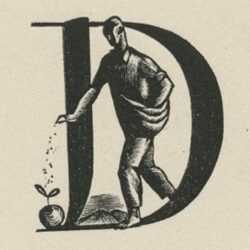
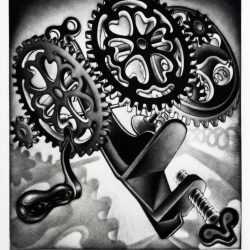
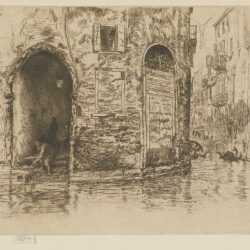
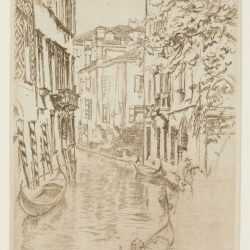
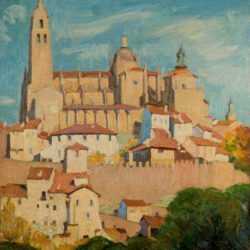
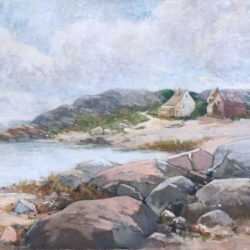
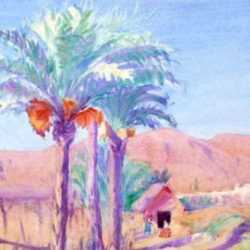
![Painting by Irwin D. Hoffman: [View of Tiburon and San Francisco from Mt. Tamalpais], represented by Childs Gallery](https://childsgallery.com/wp-content/uploads/irwin_d._hoffman__view_of_tiburon_and_san_franc_cgl56223-14ra_childs_gallery-250x250.jpg)
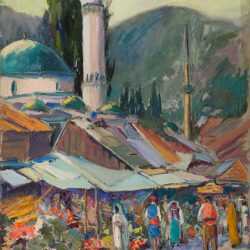
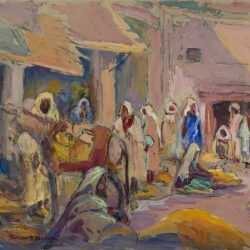
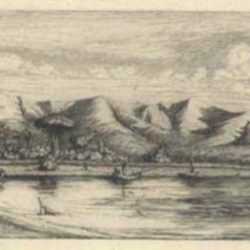
![Pastel by Leon Dolice: [New York Harbor], available at Childs Gallery, Boston](https://childsgallery.com/wp-content/uploads/leon-dolice_new-york-harbor_childs_gallery_11724-250x250.jpg)

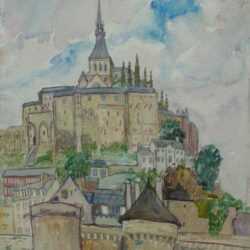
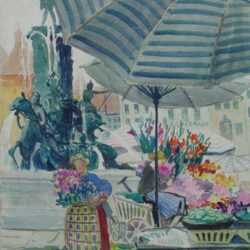
![Watercolor by Edward Laning: Taormina [Sicily, Italy], represented by Childs Gallery](https://childsgallery.com/wp-content/uploads/edward_laning_taormina__sicily__italy__03-09-76_cgl57854_childs_gallery-250x250.jpg)
![Watercolor by Anita Willets-Burnham: [Japanese Street with Pink Lanterns], represented by Childs Gallery](https://childsgallery.com/wp-content/uploads/anita_willets-burnham__japanese_street_with_pink_lan_06-04-jap13_childs_gallery-250x250.jpg)
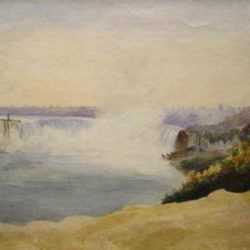
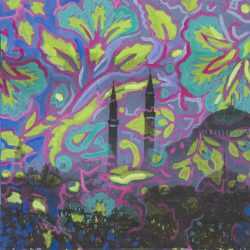
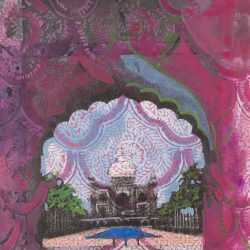
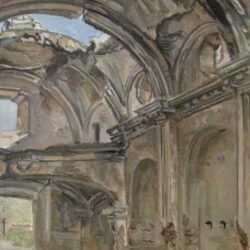
![Print by Joseph Pennell: Aegina, the Black Forest [Temple of Aphaia, Aegina, Greece], represented by Childs Gallery](https://childsgallery.com/wp-content/uploads/joseph_pennell_aegina__the_black_forest__temp_05-05-10r_childs_gallery-1-250x250.jpg)
![Watercolor by Nora S. Hamilton: [Misty Day on the Irish coast], represented by Childs Gallery](https://childsgallery.com/wp-content/uploads/nora_s._hamilton__misty_day_on_the_irish_coast__cgl56905-1_childs_gallery-1-250x250.jpg)
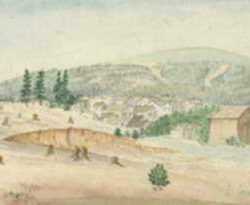
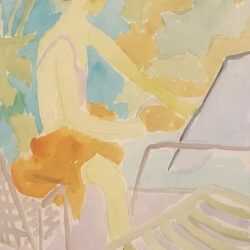
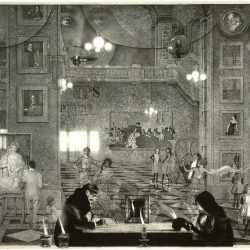
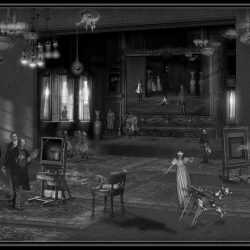
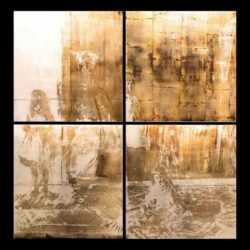
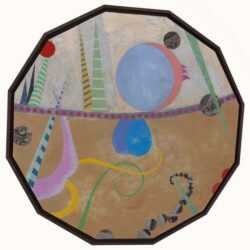
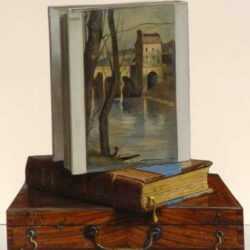
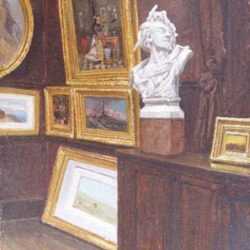
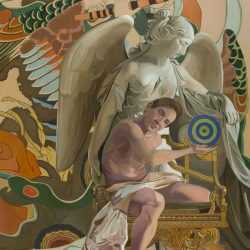
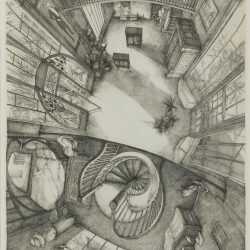
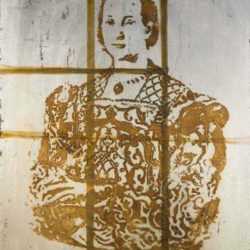
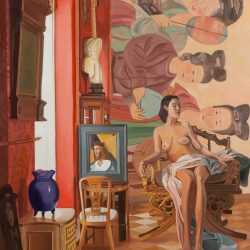
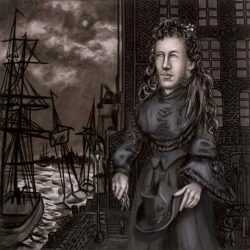
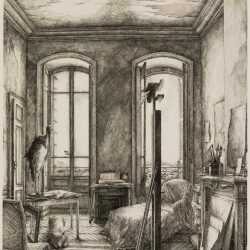
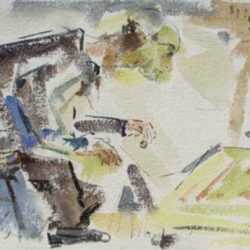
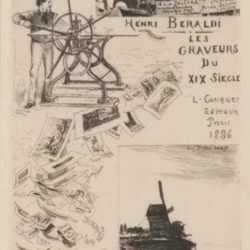
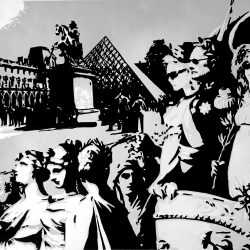
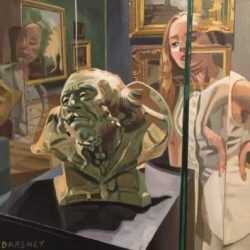
![Drawing by Leo Meissner: [A Work in Progress], represented by Childs Gallery](https://childsgallery.com/wp-content/uploads/leo_meissner__a_work_in_progress__79-36-295_childs_gallery-250x250.jpg)
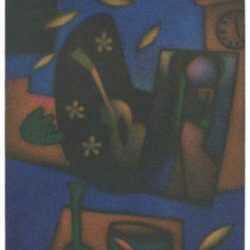
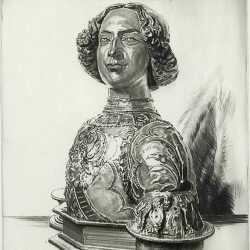
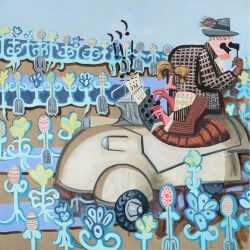
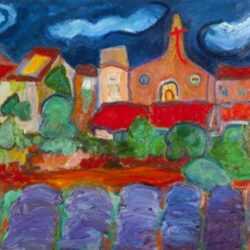
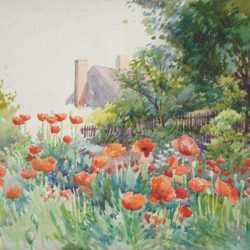
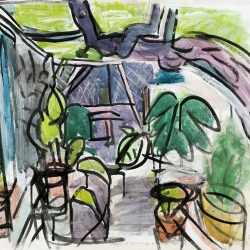
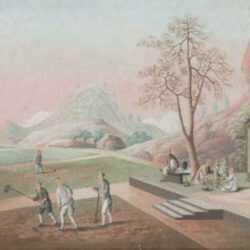
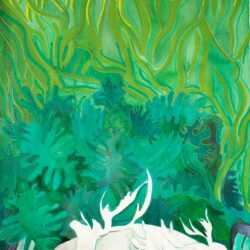
![Watercolor by Anita Willets-Burnham: [Japanese Garden with Bridge and Willow Tree], represented by Childs Gallery](https://childsgallery.com/wp-content/uploads/anita_willets-burnham__japanese_garden_with_bridge_a_06-04-jap18_childs_gallery-250x250.jpg)
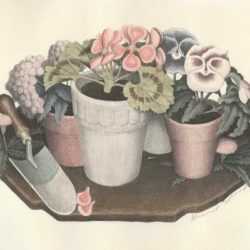
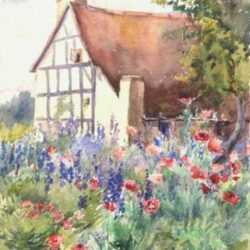
![Print By Albert Decaris: [tuileries Gardens, Paris] At Childs Gallery](https://childsgallery.com/wp-content/uploads/albert_decaris_tuileries_gardens_paris_03-09-03_childs_gallery-250x250.jpg)
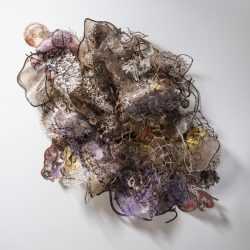
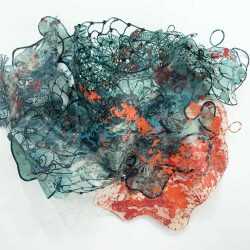
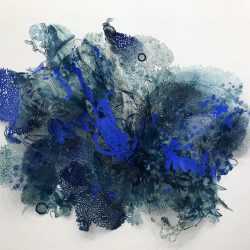
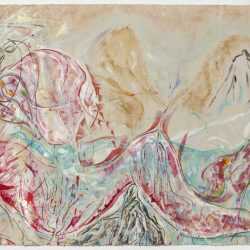
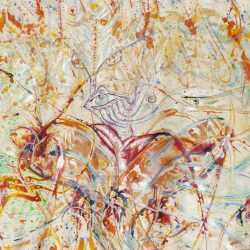
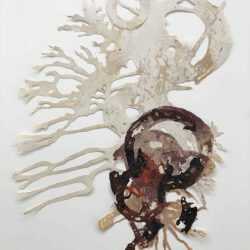
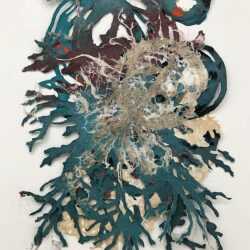
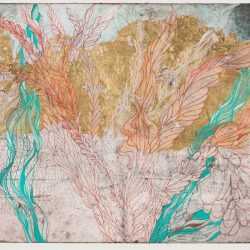
![Pastel By William Partridge Burpee: [crashing Waves,rocks] At Childs Gallery](https://childsgallery.com/wp-content/uploads/william_partridge_burpee_crashing_wavesrocks_02-01-17_childs_gallery-250x250.jpg)
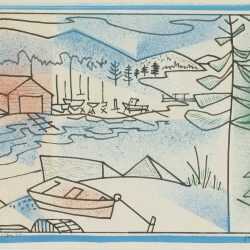
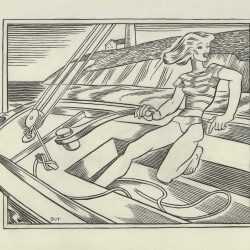
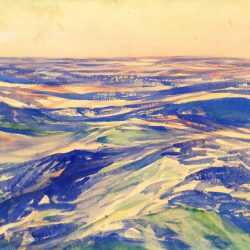
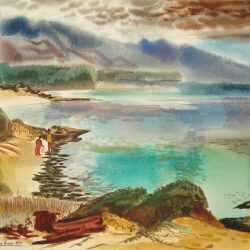

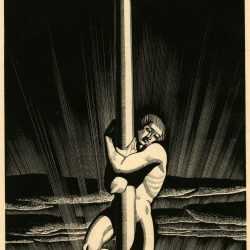


![Watercolor by William Partridge Burpee: [Sunset with Sailboats], represented by Childs Gallery](https://childsgallery.com/wp-content/uploads/william_partridge_burpee__sunset_with_sailboats__12-16-02_childs_gallery-250x250.jpg)
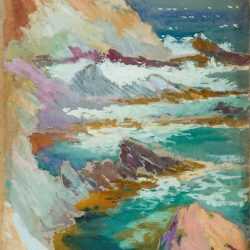
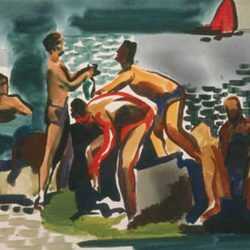
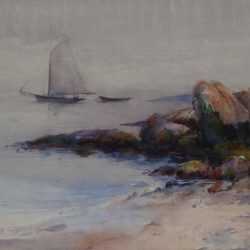
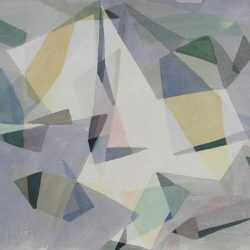
![Watercolor by Henry W. Rice: [Misty Sea and Crashing Waves], represented by Childs Gallery](https://childsgallery.com/wp-content/uploads/henry_w._rice__misty_sea_and_crashing_waves__cgl57399-070a_childs_gallery-250x250.jpg)
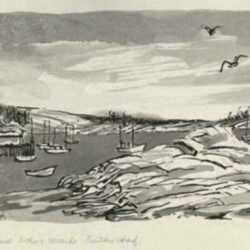
![Watercolor by Henry W. Rice: Fisherman's Cottages, Ogunquit [Maine], represented by Childs Gallery](https://childsgallery.com/wp-content/uploads/henry_w._rice_fishermans_cottages__ogunquit_cgl57187-01_childs_gallery-250x250.jpg)
![Drawing by Chauncey Ryder: [Cape Porpoise, Maine], represented by Childs Gallery](https://childsgallery.com/wp-content/uploads/chauncey_ryder__cape_porpoise__maine__bb2992-10_childs_gallery-250x250.jpg)
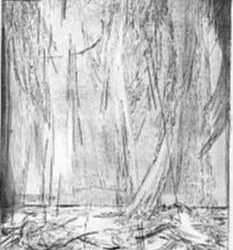
![Print by Manuel Robbe: [Boat], represented by Childs Gallery](https://childsgallery.com/wp-content/uploads/manuel_robbe__boat__bb1296_childs_gallery-2-250x250.jpg)
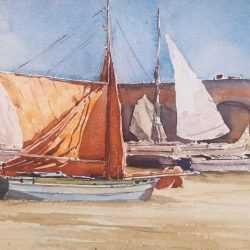
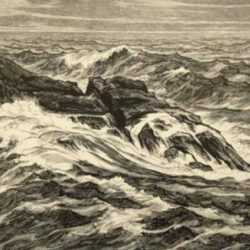
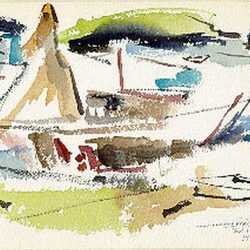
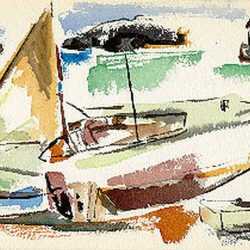
![Drawing by Jan Gelb: [Women, Children and Dog at Beach], represented by Childs Gallery](https://childsgallery.com/wp-content/uploads/jan_gelb__women__children_and_dog_at_be_cgl34994-41_childs_gallery-250x250.jpg)
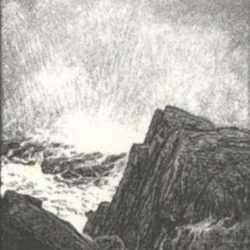
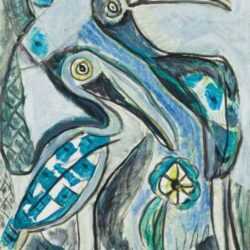
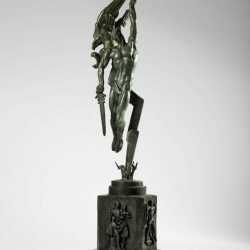
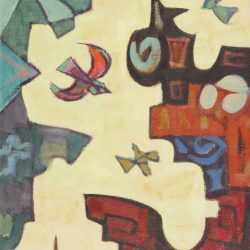
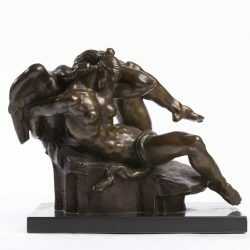
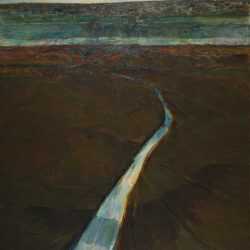
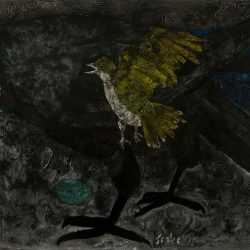
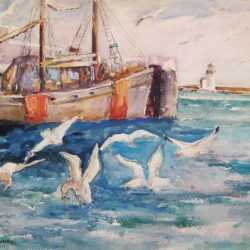
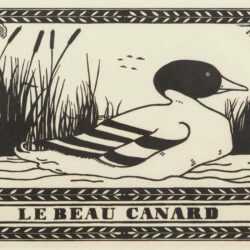
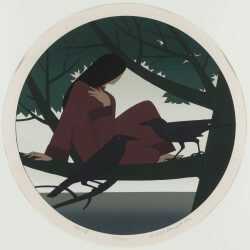
![Print by Stow Wengenroth: Ruffed Grouse [Bayport, New York], represented by Childs Gallery](https://childsgallery.com/wp-content/uploads/stow_wengenroth_ruffed_grouse__bayport__new_yo_p2154-2_childs_gallery-250x217.jpg)
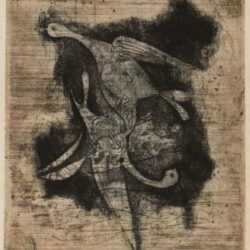
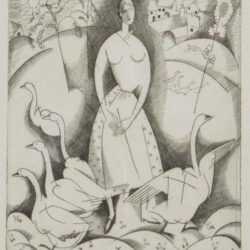
![Watercolor by Ted Davis: Careful Gull [Monhegan, Maine], represented by Childs Gallery](https://childsgallery.com/wp-content/uploads/ted_davis_careful_gull__monhegan__maine__99-23-137_childs_gallery-250x250.jpg)
![Print by Hellmuth Weissenborn: [Bird In Flight], represented by Childs Gallery](https://childsgallery.com/wp-content/uploads/hellmuth_weissenborn__bird_in_flight__07-02-0466_childs_gallery-250x250.jpg)
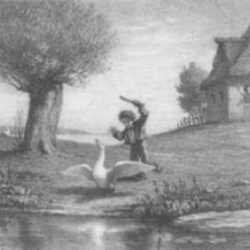
![Print by Hellmuth Weissenborn: [Green Bird], represented by Childs Gallery](https://childsgallery.com/wp-content/uploads/hellmuth_weissenborn__green_bird__07-02-0062_childs_gallery-250x250.jpg)
![Drawing by R.H. Ives Gammell: [Leda and the Swan], available at Childs Gallery, Boston](https://childsgallery.com/wp-content/uploads/r.h.-ives-gammell_leda-and-the-swan_childs_gallery_16346-250x250.jpg)
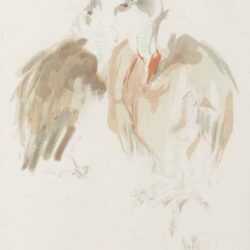
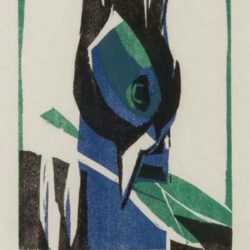
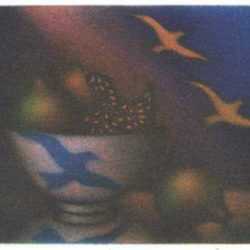
![Print by Alan Crane: Winged Fisherman, Mazatlan [Mexico], represented by Childs Gallery](https://childsgallery.com/wp-content/uploads/alan_crane_winged_fisherman__mazatlan__me_p2196-06_childs_gallery-250x250.jpg)
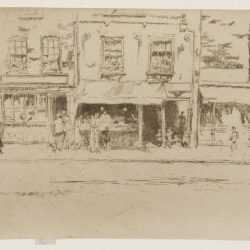
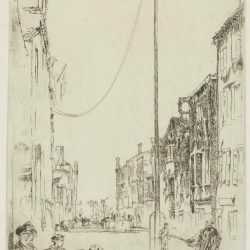
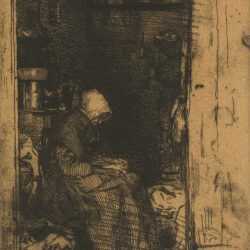
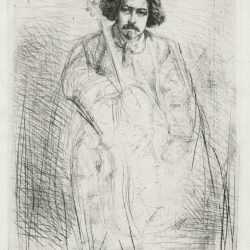
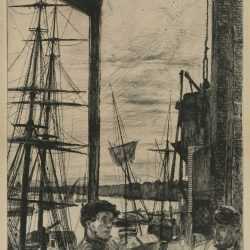
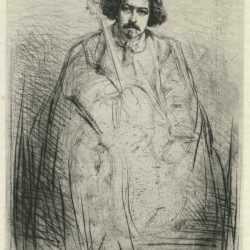
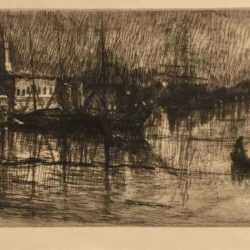
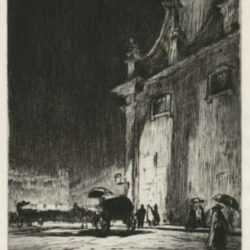
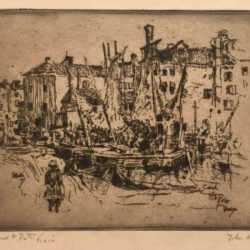
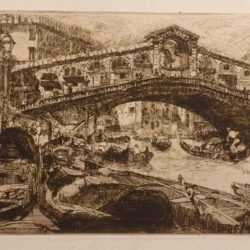
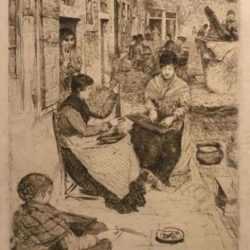
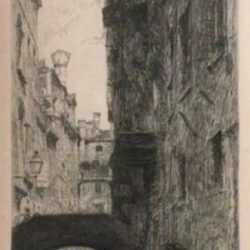
![Print by David Young Cameron: Tewkesbury Abbey [Tewkesbury, Gloucestershire, England], represented by Childs Gallery](https://childsgallery.com/wp-content/uploads/david_young_cameron_tewkesbury_abbey__tewkesbury___clc7766-61_childs_gallery-1-250x250.jpg)
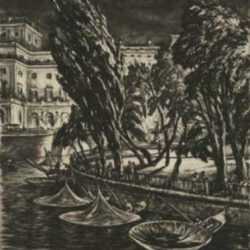
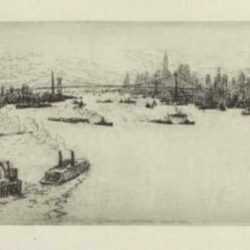
![Print by James McBey: Approaching New York No. 2 [View Onboard "The Majestic"], represented by Childs Gallery](https://childsgallery.com/wp-content/uploads/james_mcbey_approaching_new_york_no._2___v_pcgl57262-42r_childs_gallery-250x250.jpg)
![Print by Francis Seymour Haden: Shere Mill Pond, No. II (L' Étang au Canard], represented by Childs Gallery](https://childsgallery.com/wp-content/uploads/francis_seymour_haden_shere_mill_pond__no._ii__l__t_p2258r_childs_gallery-250x250.jpg)
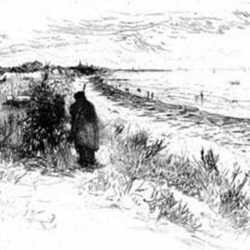
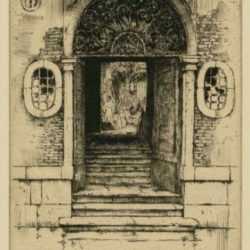
![Print by Joseph Pennell: South Portico, St. Paul's [London], represented by Childs Gallery](https://childsgallery.com/wp-content/uploads/joseph_pennell_south_portico__st._pauls__lon_p2062-16_childs_gallery-250x250.jpg)
![Print by Joseph Pennell: The Garrick Theatre [London, England], represented by Childs Gallery](https://childsgallery.com/wp-content/uploads/joseph_pennell_the_garrick_theatre__london__e_cgl51840-3_childs_gallery-250x250.jpg)
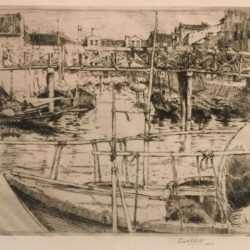
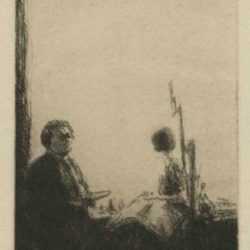
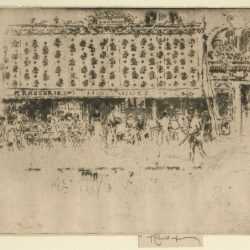
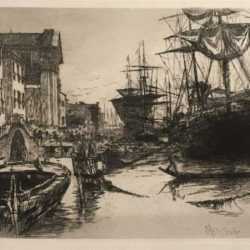
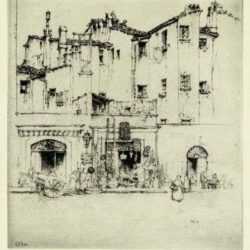
![Print by Muirhead Bone: Evening, Port of Genoa [Italy], represented by Childs Gallery](https://childsgallery.com/wp-content/uploads/muirhead_bone_evening__port_of_genoa__italy__p2168-17_childs_gallery-250x243.jpg)
